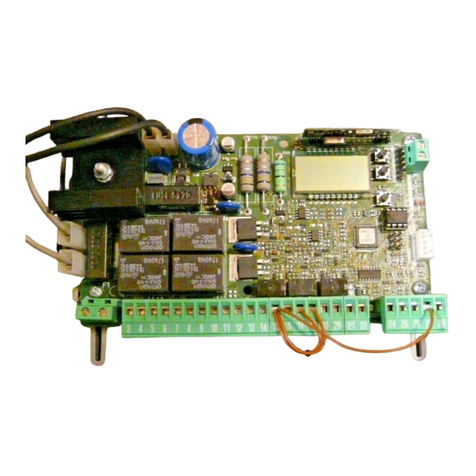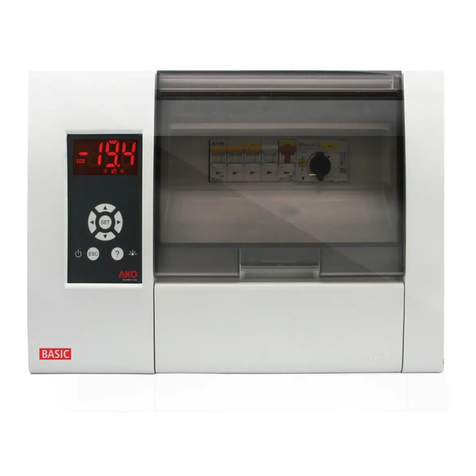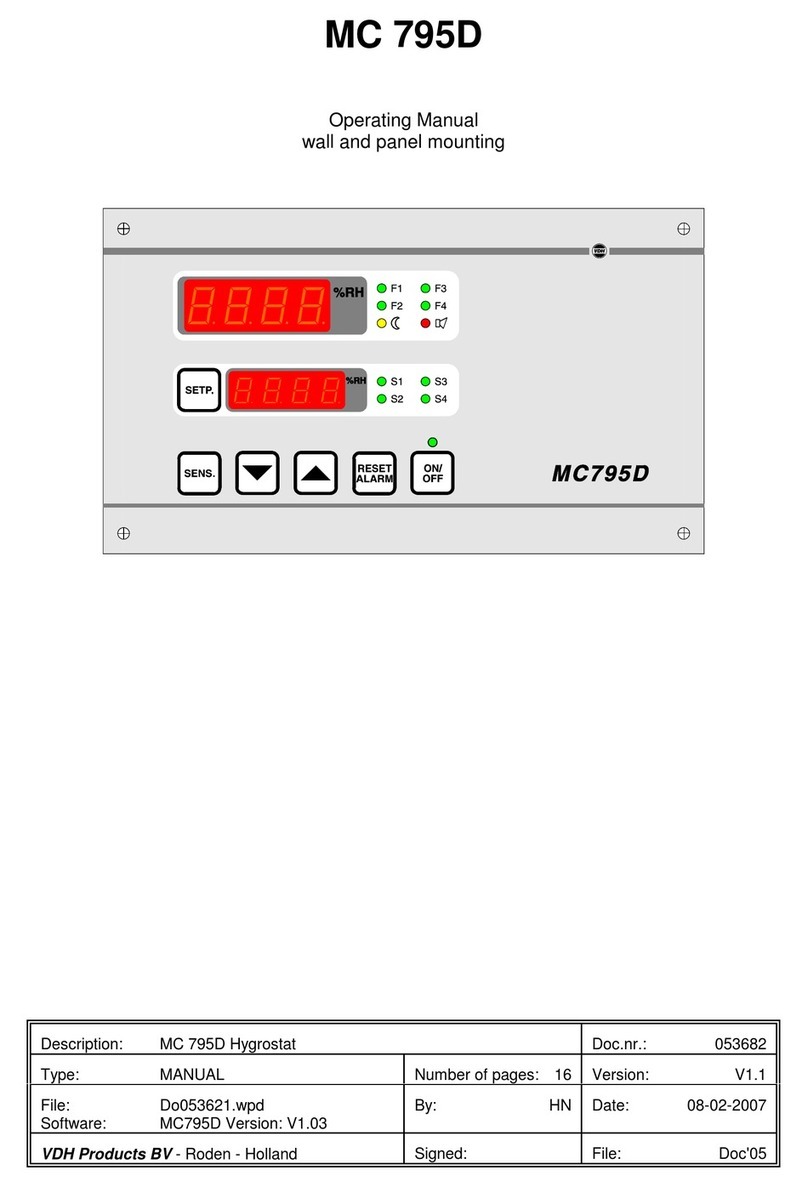Flair Electronics ENS24-F User manual

1-20
Rev B
Instruction Manual
Wireless Annunciator
Model ENS24-F and ENS32-F
Table of Contents
Introduction
Features
General Specifications
System Overview
General
Removing Front Graphic Cover and Case Lid
Prepare for Benchtop Setup and Testing
Enrolling Transmitters
Other Menu Options
System Operation
Trouble Shooting
Transmitter / Zone and Repeater Table
Introduction
Flair Wireless Annunciators come with a standard zone identification
graphic or can be made with custom graphic displays also.
This Manual describes the basic installation and operation of the Flair
Wireless Annunciator, Models ENS24-F and ENS32-F.
Built to last the test of time by Flair.
Features
24 and 32 Room or Zone Count
State of the Art Microcontroller
Highly Visible, Easy to Customize Display
Individual Zone Status LEDs
Single Touch Common Silence and Test
Easy to register multiple transmitters
One Common Open Collector Output and one common SPDT
Relay
General Specifications
Surface Wall Mount with Black Plastic Enclosure
Built-In Inovonics Serial Receiver

1
Works with most Inovonics Transmitters
Piezo Sounder with Adjustable Baffle, Full Open 89 Decibels at 24
inches
Common Zone SPDT Relay
ENS24 and ENS32 Options:
-A = 12 VDC Power Supply with Plug-In Transformer
-AB = 12 VDC Power Supply, Plug-In Transformer and 5 Ah Back Up
Battery
-F = Non-Latching Red Alarm LEDs. LEDs follow the status of the
transmitter and will automatically clear when the transmitter clears.
System Overview
General
The Flair ENS24/ENS32 Wireless Annunciator utilizes an Inovonics
Receiver, Model EN4200, Security Only. A Flair Control Board interfaces
with this receiver to monitor Inovonics Security Transmitters and
annunciate status via LEDs and sounder.
The Flair ENS24/ENS32 Annunciator will also work with Inovonics
Repeaters.
Once a Transmitter broadcasts an alarm the corresponding LED on the
Annunciator will flash red and the Piezo will sound.
Pressing the Silence Button on the upper right side of the Annunciator
will silence the Piezo and steady the red LED.
For Non-Latching configuration (-F) the red LED will automatically clear
when the transmitter is restored.
LEDs at the top of the Annunciator will indicate status of annunciator
power, transmitter battery charge or receiver/transmitter trouble.
Registration of Transmitters is performed with an internal LCD Screen
and four Buttons. Registration of Transmitters and operation of the
Annunciator is very easy and intuitive. A new security system can be set
up in minutes.
IMPORTANT: Test all the transmitters and repeaters that are part of the
security system on a regular basis.
2
Annunciator – Outside
Paper Template
(Under Cover)
Status LEDs
Sounde
r
Zone
Identification
Plastic
Rivet
Cove
r
A
larm LEDs
Push
Button

3
Annunciator - Inside
Sounde
r
Receive
r
Status LEDs
Silence
and Test
Button
Battery and
Bracket
Transformer
Terminal
Alarm
LEDs
Control Board
Battery
Terminal
Rela
y
4
1. Removing Front Graphic Cover and Case Lid
Remove the Front Graphic Cover by grabbing the edge with your
fingers and gently lifting up. The rivet will pop out of the hole
Run your fingers around the cover gently pulling up the three
remaining rivets until the cover is free from the front of the
Annunciator. Keep the rivets in safe place for re-installation.
Remove the cover and zone identification template.
Remove the four corner screws under the cover. These screws
secure the front lid of the Annunciator to the back panel. Keep
screws in a safe place for re-installation.
Plastic Rivet
Cover Screw

5
2. Prepare for Benchtop Setup and Testing
*** It is recommended that you initially setup the annunciators and
enroll all transmitters on a benchtop prior to installing in the field.
Cut a length of wire to connect 110 VAC Plug-In transformer to
Annunciator power supply. Use minimum #22 AWG wire.
Connect transformer to power supply “AC”, 16 – 18 VAC.
Prepare all transmitters to enroll into Annunciator
1. Install batteries in all transmitters
2. Leave transmitter covers off to allow access to transmitter
reset button
3. Arrange transmitters in order of zone number, one
transmitter per zone
4. Label transmitters with marker or tape with zone number.
With Annunciator powered and transmitters prepared, you may begin
to enroll transmitters.
16-18Vac
Input
6
3. Enrolling Transmitters
Enrolling of the transmitters is done using the LCD display and 4
buttons below it to navigate the programming menu.
Press “ENTER” to enter programming mode.
Passwords are a 5-digit number, the Default password is “00000”.
Pressing “Enter” will automatically enter “0” in each digit as you
press it. Press the “Enter” button 5 times to enter the default
password of “00000”.
You may edit each digit to another number if the password has been
changed by using the Up or Down button.
Once the password has been entered, you will see the first
programming menu option “ENROLL TX?”
You may select other programming options by pressing the “UP” or
“DOWN” buttons.
To begin enrolling transmitters, with “ENROLL TX?” being displayed
on the LCD, press “ENTER”

7
You will be prompted to “RESET DEVICE”.
The cover of the transmitter must be removed in order to access the
reset switch. Press the reset on the transmitter
Enter the zone number that you wish to assign the transmitter from 1
to 32. Use “Up” or “Down” to change transmitter number.
Press “Enter”.
Reset
8
When the transmitter has been successfully assigned to a zone the
display will show “REG ZONE: ##”.
Press “Enter”.
You may continue enrolling transmitters
Press “Up” or “Down” to scroll thru the menu for other options or
press “BACK” to exit programming mode. Screen will go blank.
If the transmitter is already registered to another zone you will see
the message “DEVID: ## REG ERASE? [Y]”
Press “BACK” to register another transmitter. Press “ENTER” to
erase transmitter registration and register this transmitter to another
zone.

9
4. Other Menu Options:
There are several other programming functions available after
entering the programming menu. More details may be found in the
installation manual.
1. Deleting transmitters
2. Enrolling/Deleting Reset Transmitters – Not Recommended
3. Enrolling/Deleting Repeaters – Not Recommended
4. Change Password
5. System Operation
5.1. General Wireless Transmitter
Wireless transmitter will send any status changes immediately to
the EN4200 Receiver. In addition, the transmitter will periodically
transmit a status update to confirm operation.
5.2. Zone Alarm (Red LED)
OFF: The transmitter is secure, or the zone has no
transmitter registered to it.
FLASH: When the registered transmitter is in an “Alarm” or
“Tamper” condition
ON: The Alarm condition has been acknowledged by the
Acknowledge push button.
PULSING:
1. The associated transmitter for that zone has a low
battery, the Low Battery LED will also be on.
2. The associated transmitter for that zone is not working, a
repeater is not working, or the transmitter is not in the
area. The Trouble LED will also be on.
10
5.3. External Audible Sounder
Turn baffle on outside of sounder to adjust loudness.
ON STEADY: The audible sounder will turn on steady when
any zone in an “Alarm” or “Tamper” condition.
CHIRP: The audible sounder will begin to chirp when any
zone is in a “Trouble” or “Low Battery” condition. It will turn
off when the condition is cleared. There will generally be
an associated Zone LED that will pulse when the audible
sounder chirps.
5.4. Silence and System Test Push Button
The -F, Non-Latching configuration, has one push button
on the upper left side. This button is used to silence or
perform a system test on the Annunciator and the
Control Board.
Silence

11
Silence: If pressed when any zone is in alarm, Red LED
flashing and Audible sounder on, the audible sounder will
turn off and the zone Alarm Red LED will change from
flashing to steady
Lamp/Audible Sounder Test
During normal operations with no “Alarm” messages, the
Silence push button may be pressed for 5 seconds and
will cause:
1. The Audible sounder to chirp 2 times
2. All the LEDs to flash for 3 seconds
3. The Relay to turn on for 3 seconds
4. The Audible sounder to chirp 3 times
Note: If transmitter is still sending a “Low Battery”, “Missing”,
“Alarm” or “Tamper” message then that Alarm LED and the
audible sounder will continue to stay on or flash. For -F, Non-
Latching configuration, the relay output will turn off after
transmitter clears and a ”Secure” status message has been
received.
5.5. Power LED
ON Green: During normal AC operation
ON Red: During DC operation, Loss of AC Power
OFF: Loss of all power, AC and Battery
FLASHING Red: When there is a backup battery and the
voltage drops below 10.7 Volts.
FLASHING Green Yellow: When AC operation is restored
but battery is not charged above 10.7 Volts. Continuous
Green Yellow flashing may mean that battery is no longer
good.
12
5.6. Common Transmitter Low Battery LED
OFF: During normal transmitter operation
ON: When the annunciator receives a “Low Battery” message
from any enrolled transmitters or device. It will
automatically turn off when the low battery condition is
corrected by replacing the battery of the transmitter or
device.
5.7. Common Trouble LED
OFF: During normal operation
ON: When the annunciator fails to receive a check in
message from any enrolled transmitter or device.
5.8. Internal Audible Sounder
OFF: During normal operation
ON: The internal audible sounder will turn on steady when AC
power has been interrupted or the backup battery drops
below 10.7 Volts. The audible sounder will remain on until
the acknowledge button has been pressed and held for 1
second.
5.9. SPDT Relay Output
OFF: All zones are in a secure condition
ON: When any zone is in an alarm condition

13
6. Transmitter / Zone and Repeater Table
Transmitter
Number Zone Identification
1
2
3
4
5
6
7
8
9
10
11
12
13
14
15
16
17
18
19
20
21
22
23
24
25
26
27
28
29
30
31
32
Flair Electronics
212 Mercury Circle
Pomona, CA 91768
Phone (909) 568-0063
Fax (909) 568-0151
www.flairsecurit
y
.com
AT FLAIR WE CARE
Manufacturing: Magnetic Contacts, Fence
Sensors, Annunciators and Graphic Displays
Sin
c
e 1967
This manual suits for next models
1
Popular Control Panel manuals by other brands
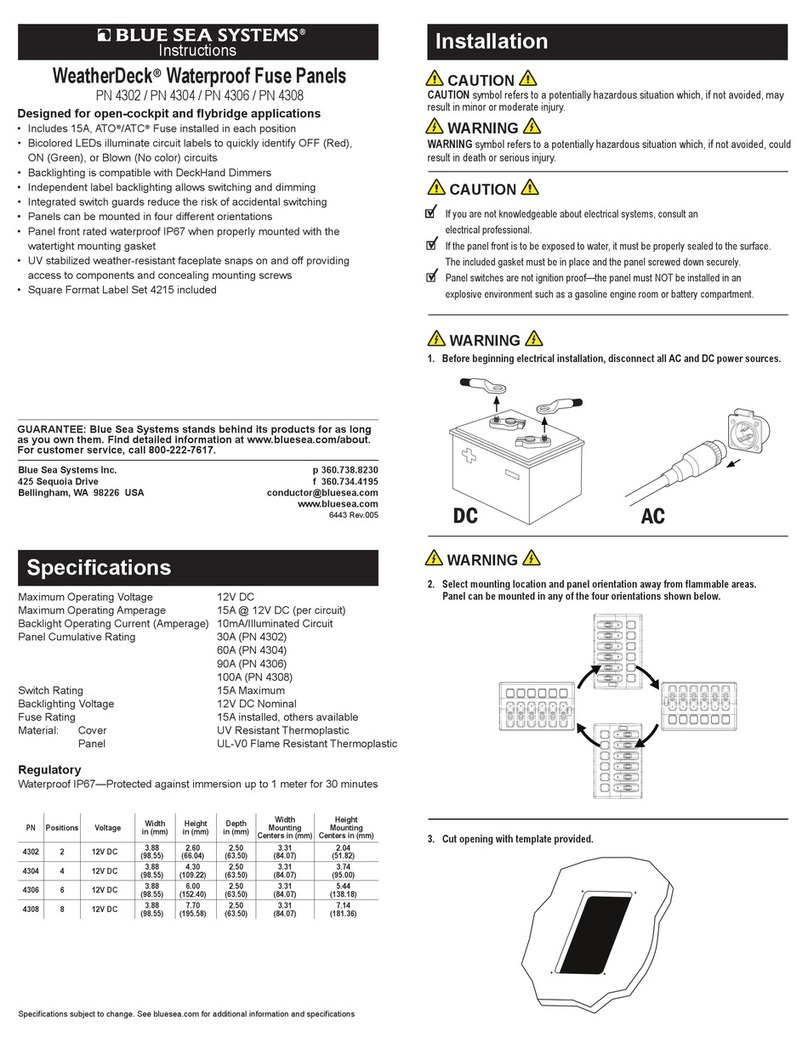
Blue Sea Systems
Blue Sea Systems WeatherDeck 4302 manual
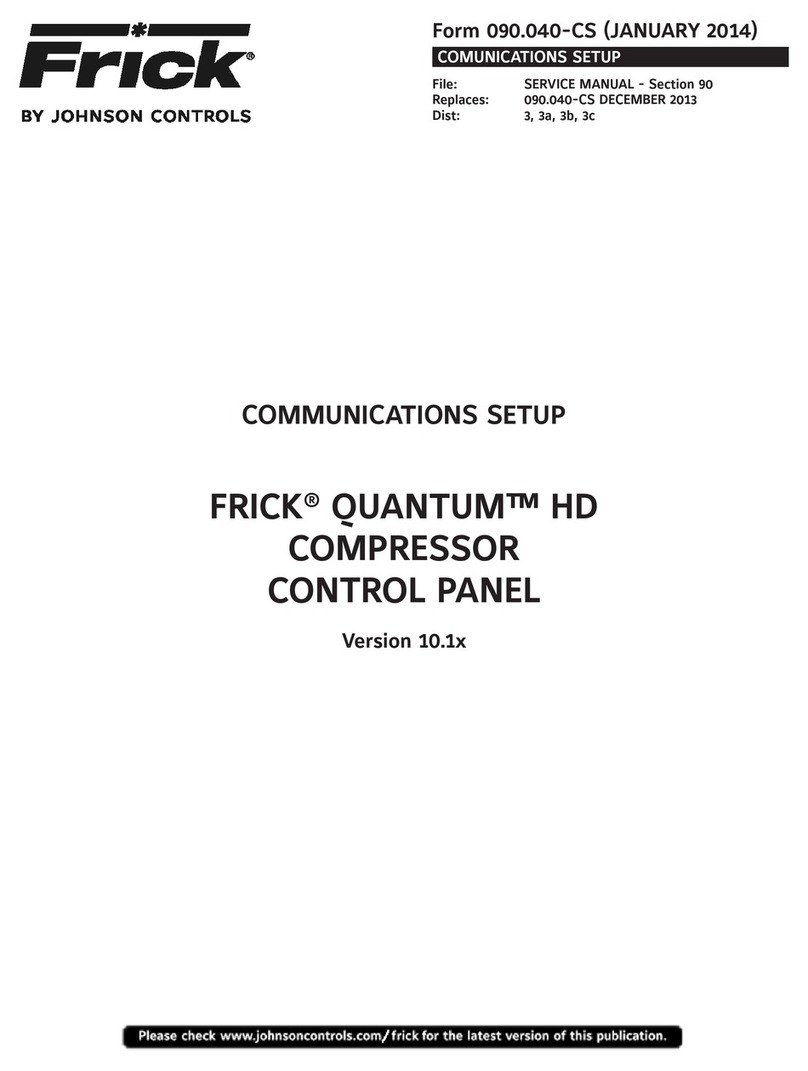
Johnson Controls
Johnson Controls FRICK QUANTUM HD Setup
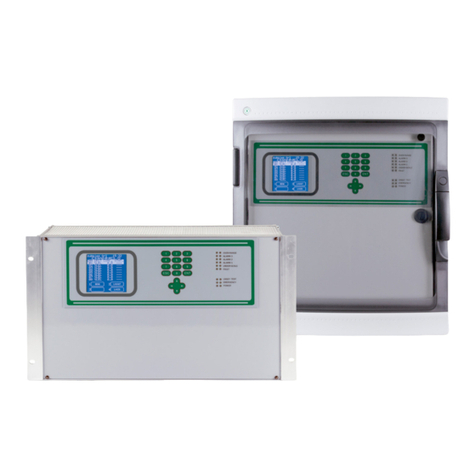
Sensitron
Sensitron MULTISCAN++/S1-16 Installation and use manual
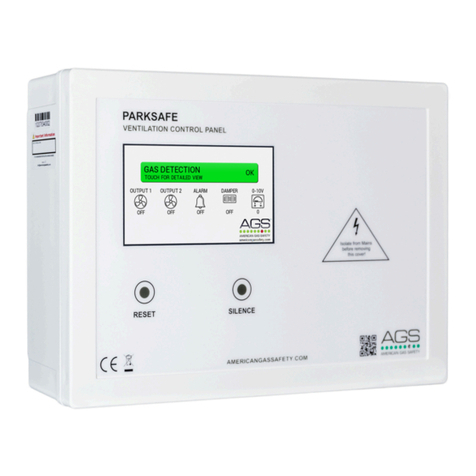
AGS
AGS Parksafe Control Panel Installation & operation manual
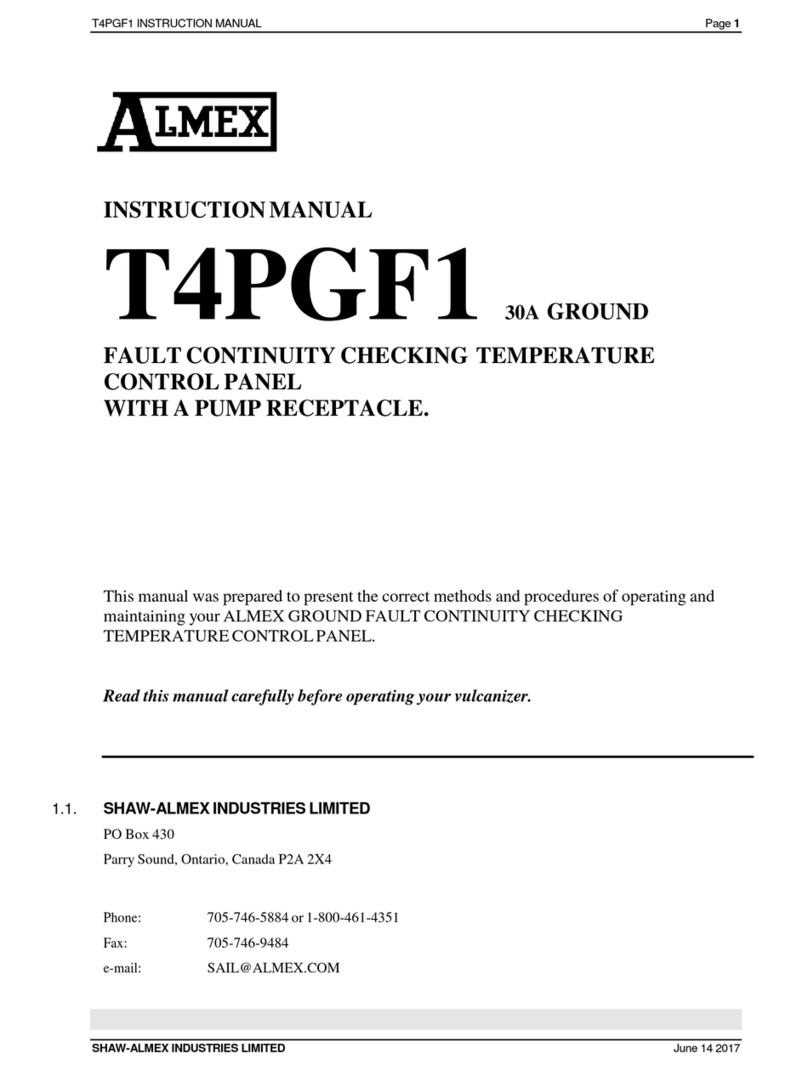
Almex
Almex T4PGF1 instruction manual
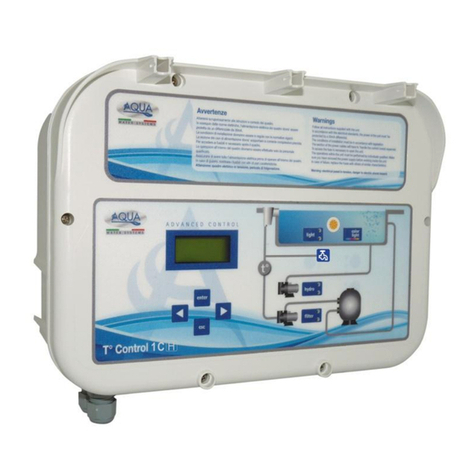
AQUA SPA
AQUA SPA T Control 1H Operation and maintenance manual
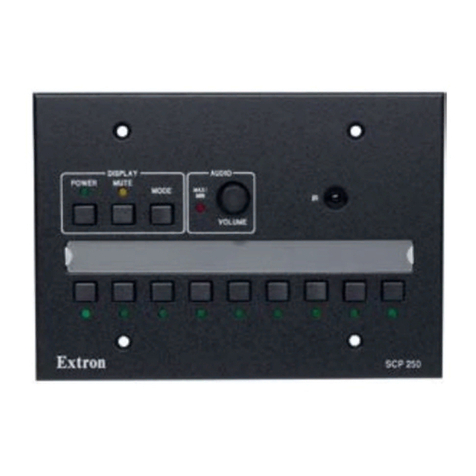
Extron electronics
Extron electronics SCP 250 user manual
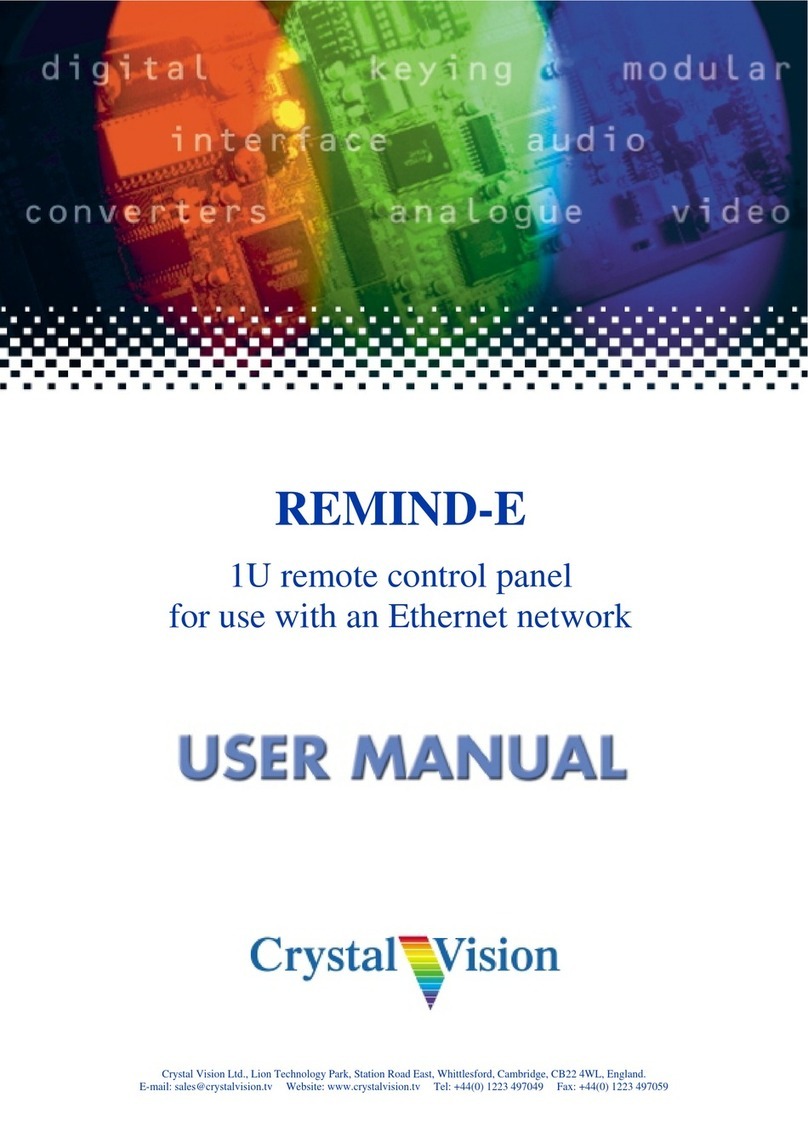
Crystal Vision
Crystal Vision REMIND-E user manual
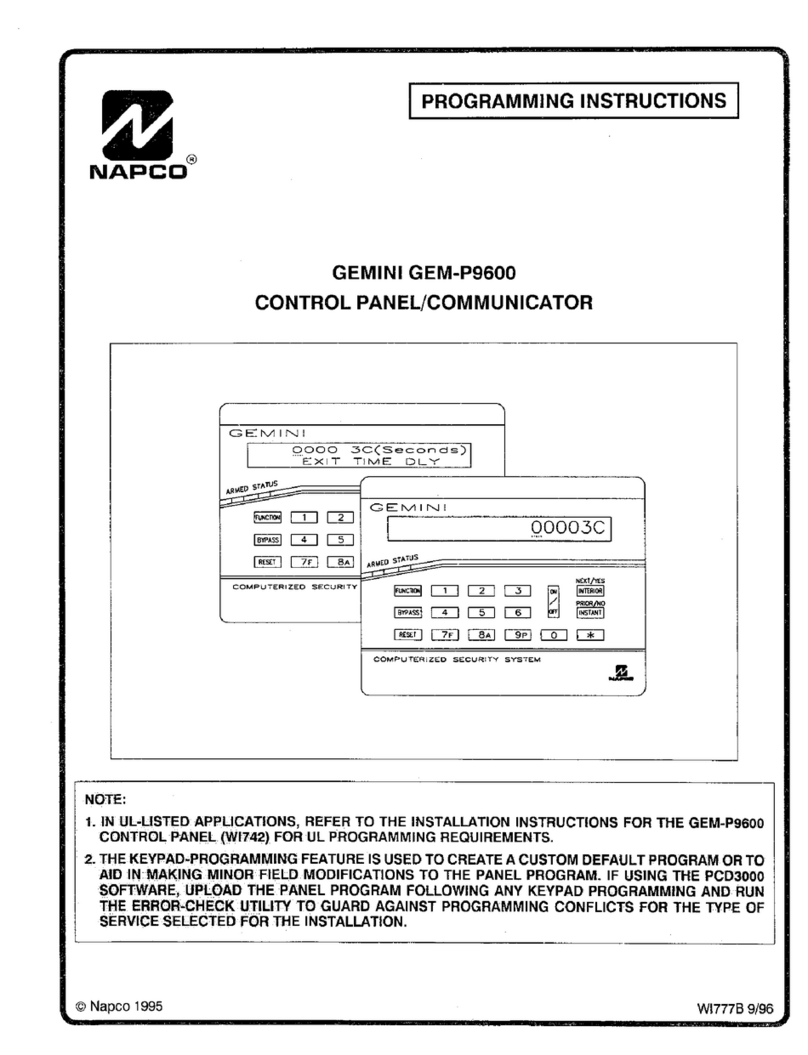
NAPCO
NAPCO Gemini GEM-P9600 Programming instructions
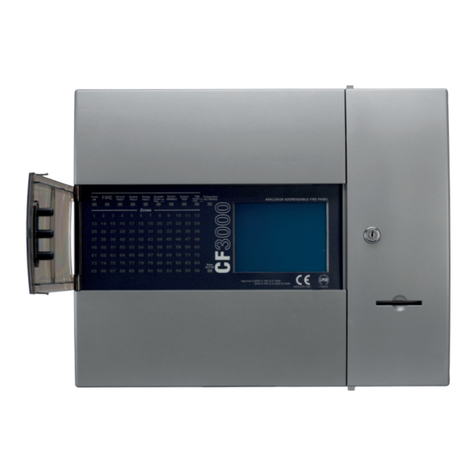
Eaton
Eaton DF6200 Application guide
BeaconMedaes
BeaconMedaes 4107 9027 47.00 Installation, operation and maintenance instructions
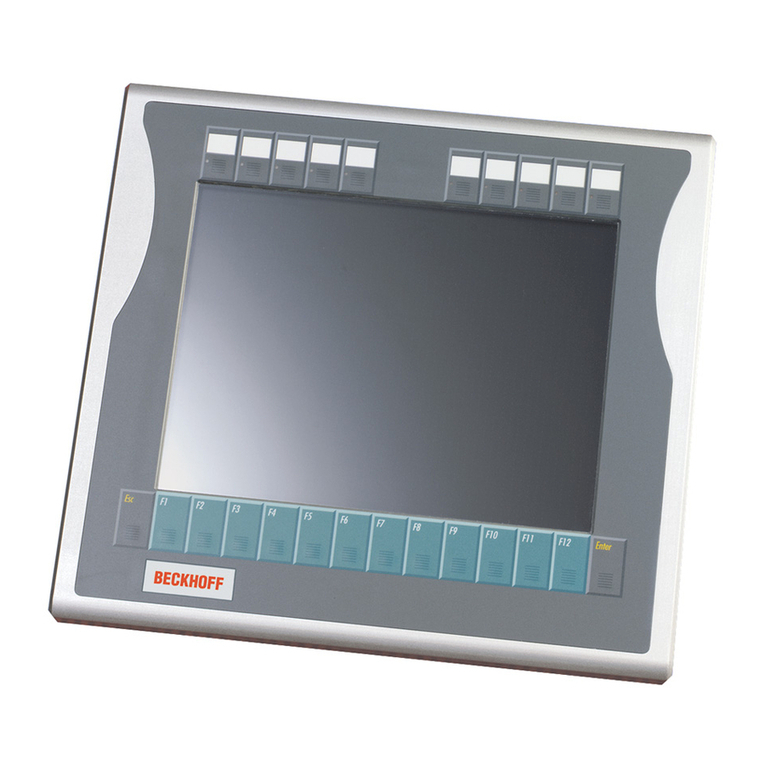
Beckhoff
Beckhoff CP7709 Installation and operating instructions


